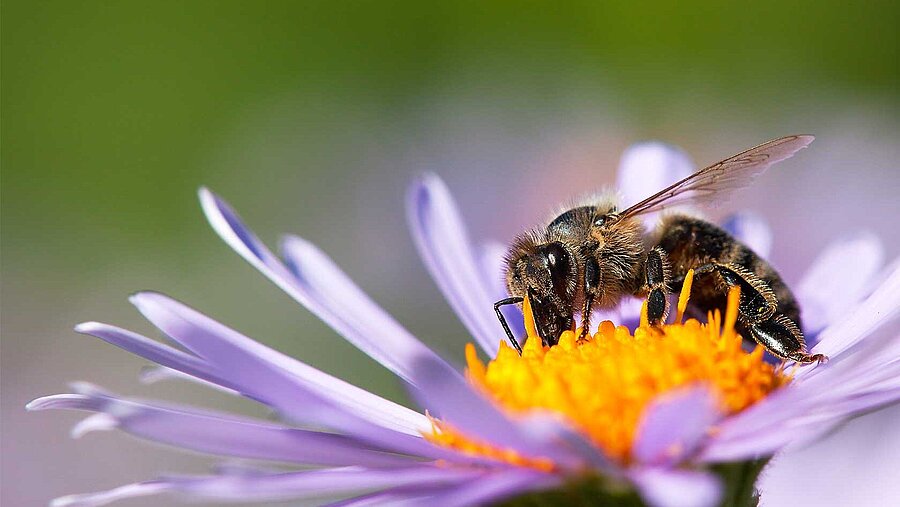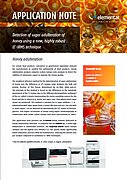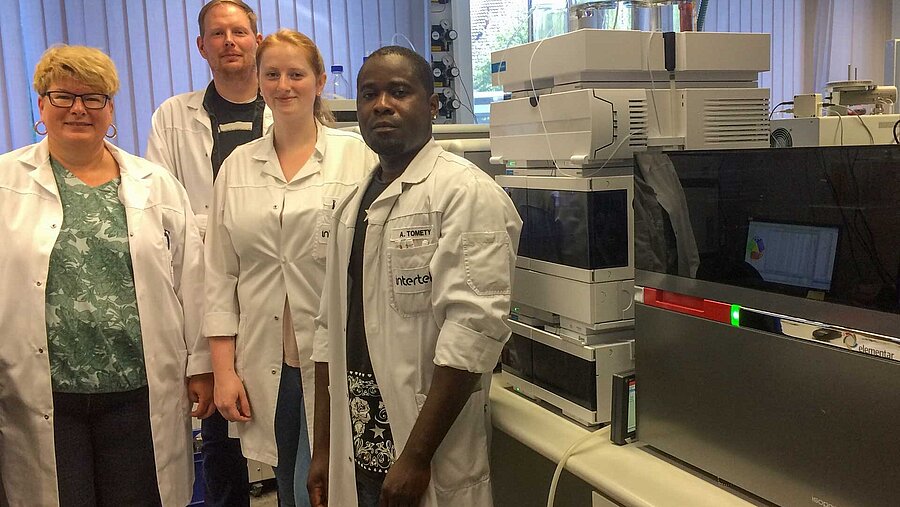Sweet little lies?
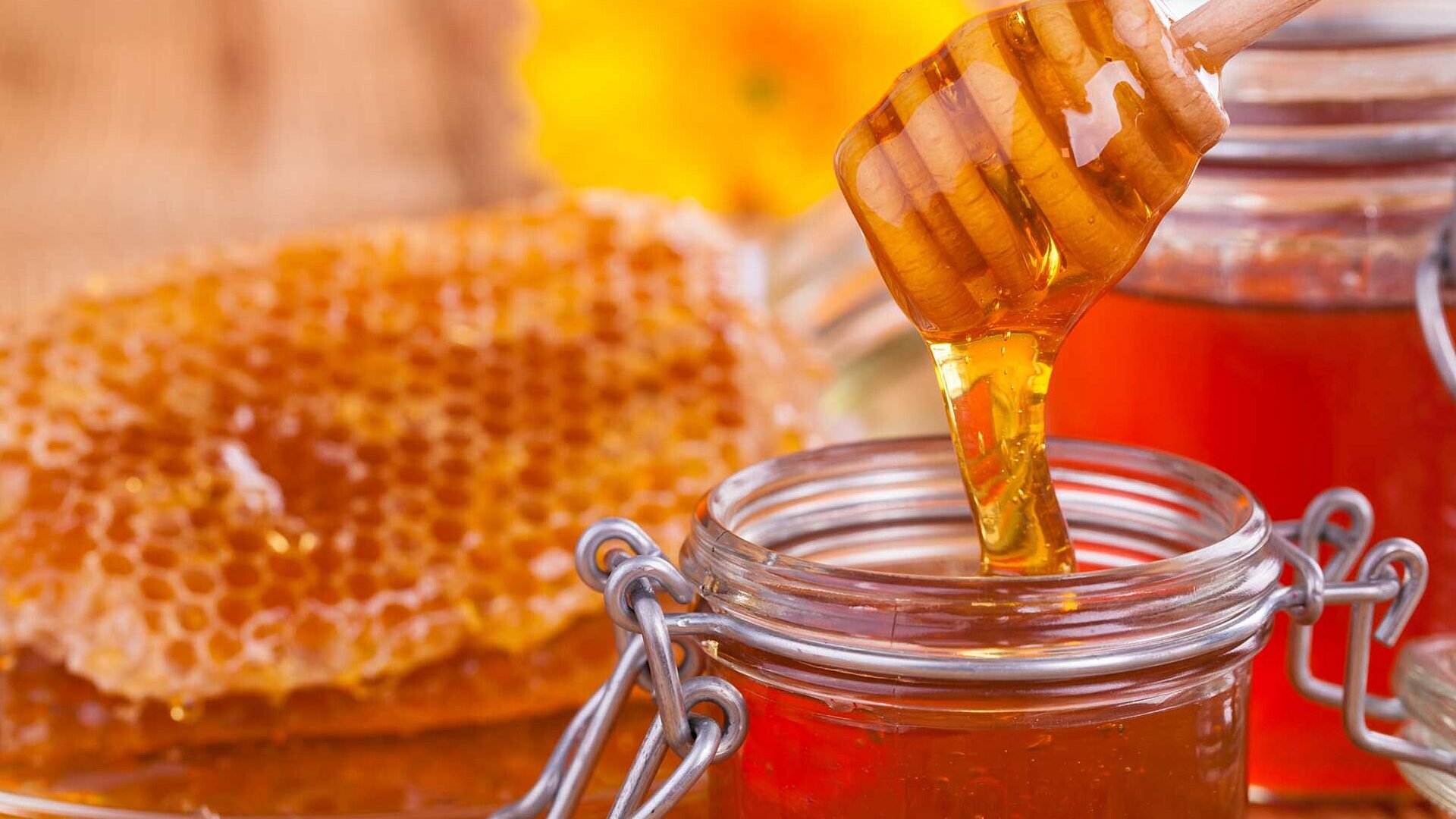
Honey is one of the world's most sought-after foods due to its sweet taste and natural richness in vitamins, minerals, calcium and antioxidants. However, these natural qualities also make the product particularly vulnerable to fraud and adulteration. This adulteration is economically motivated and occurs "when someone intentionally leaves out, takes out, or substitutes a valuable ingredient or part of a food. Economically motivated adulteration also occurs when someone adds a substance to a food to make it appear better or of greater value” (source: www.fda.gov). Honey is thought to be the third most adulterated product, after olive oil and milk, as shown in the infographic below.
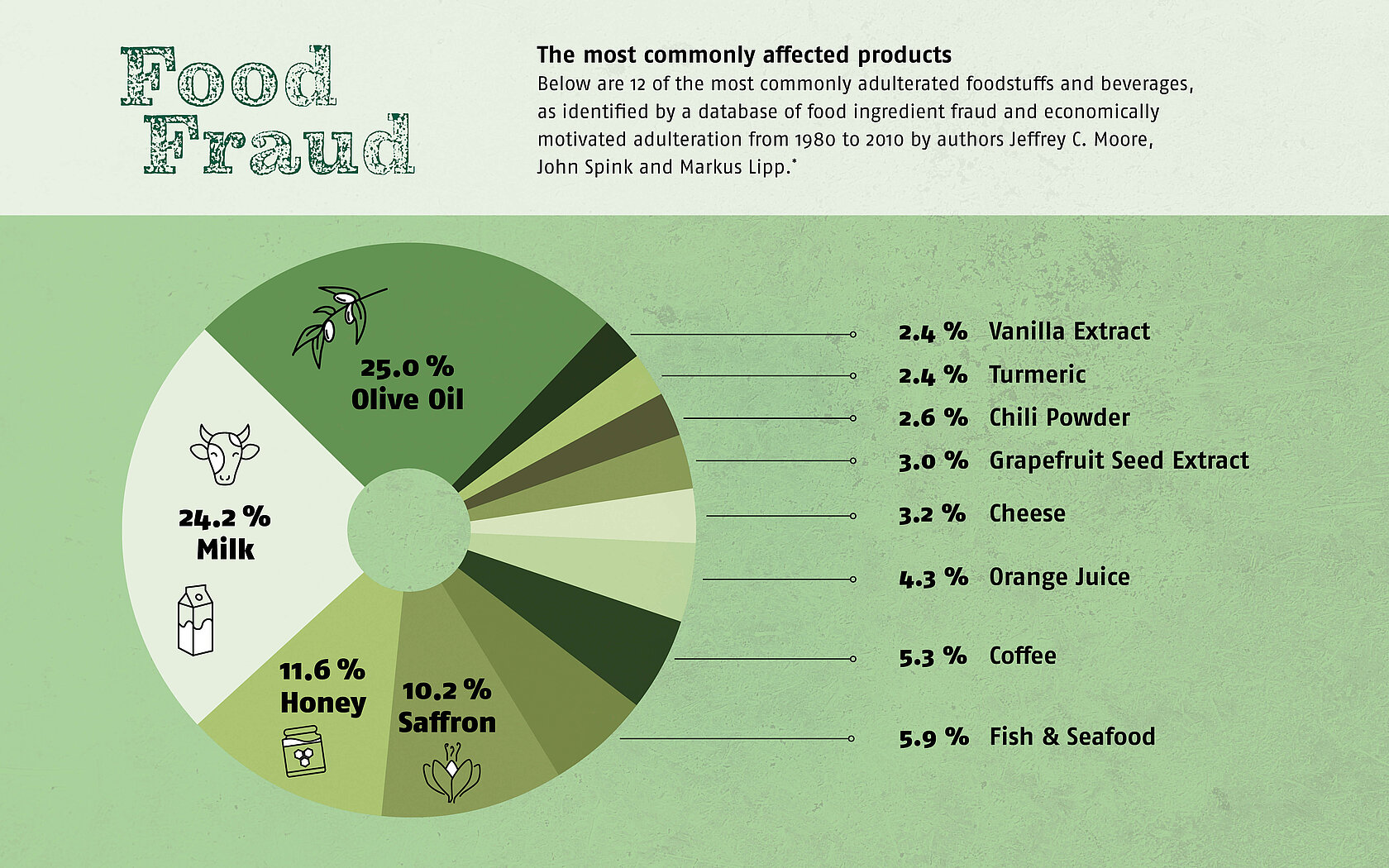
Honey adulteration: A growing concern
Worryingly, recent reports have revealed that honey adulteration may be significantly more prevalent than originally assumed. Several reports produced between 2015 and 2023 by US, Canadian and EU authorities had indicated that approximately 5-20% of tested honey samples were suspicious of adulteration (source: www.fda.gov; inspection.canada.ca; www.asae.gov.pt). This was backed up by findings from one of the largest independent honey testing service providers, Intertek, who suggested that 12.4% of all honey samples they assessed 2023 were suspicious (source: www.intertek.com).
However, a report published in 2023 by the European Commission (JRC) found that a staggering 46% of 320 imported honey samples were likely adulterated (source: ec.europa.eu). This finding has sent shock waves through the honey industry and has shattered consumer confidence in imported honeys, despite only measuring a relatively small set of samples. The investigation utilized a multi-analytical approach to test samples supplied by EU member states and found that samples imported from China, Turkey and UK showed the highest proportion of suspicious samples suggesting that not enough is being done to protect EU consumers from adulterated honey entering the EU.
Challenges in detecting honey adulteration
While the prevalence of honey adulteration seems to be increasing, it is difficult for authorities to act on these findings and ultimately prosecute bad actors. This is because testing honey is extremely challenging. Despite the apparent simplicity of honey, its complex composition makes it difficult to definitively answer the question “what is pure honey?”. This complexity arises from factors such as floral source, geographical origin, and environmental conditions, all of which influence honey's chemical profile. To address this challenge, extensive databases of 'authentic honey' have been created over the past 10-15 years using various analytical techniques. These databases have been populated with vast amounts of data by various, mostly private, companies without due consideration for the standardization of these databases. Consequently, an adulterated honey could be tested against two different databases resulting in different outcomes which is clearly unsatisfactory. With these databases delivering significant intellectual property to the database owners, they are resistant to make them publicly accessible, which ultimately means that they cannot be used as evidence to prosecute fraudsters.
This array of non-standardized testing techniques has now led to a challenging situation where we hear regular reports of honey adulteration, yet authorities seem to be deaf to the situation. Beekeepers are struggling to compete with cheap honey imports which are assumed to be adulterated and are frustrated at the lack of action to help defend them. Consumers judge honey products to be riddled with adulteration and choose not to buy them, further damaging the market.
Recent developments in honey testing methods
Progress is being made, however. In November 2024, the European Committee for Standardization (CEN) published a new method for the determination of the δ13C value of mono- (fructose and glucose), di-, and trisaccharides in honey by liquid chromatography-isotope ratio mass spectrometry (LC-IRMS). This is the first standardized method for honey testing to be released in over 25 years. Along with the AOAC 998.12 EA-IRMS method, we now have robust methods for the detection of C4 & C3 sugar adulteration of honey.
Both of these standards utilize carbon isotope analysis (also commonly known as SCIRA) to detect honey adulteration. Why? The carbon isotope analysis test compares the isotopic signature of honey's natural protein component to its sugar profile. If sugars/syrups are added to the honey, the carbon isotope signature of the sugars will be changed relative to the protein, indicating adulteration. By using EA and LC sample preparation techniques, we can look at the bulk and sugar-specific carbon isotope value of the honey and deduce whether adulteration may be present. Therefore, the significant work of producing an extensive database of honeys from all growing regions, seasons, and botanical origins is not needed for the carbon isotope test to be deployed.
Find out more
Adulteration of honey with sugar syrups from C3 plants (beet and rice), but also with C4 plant sugars, can be detected by determining the δ13C values of fructose, glucose, and higher saccharides in honey samples using liquid chromatography in combination with stable carbon isotope ratio mass spectrometry (LC-IRMS).
Learn more by downloading our Application Note or by watching our webinar on the detection of honey adulteration analysis:
Do not miss any new articles
NEWSLETTER
We will constantly publish new blog articles. Register for our newsletter to stay up-to-date and get informed about latest blog articles, news and trends.

